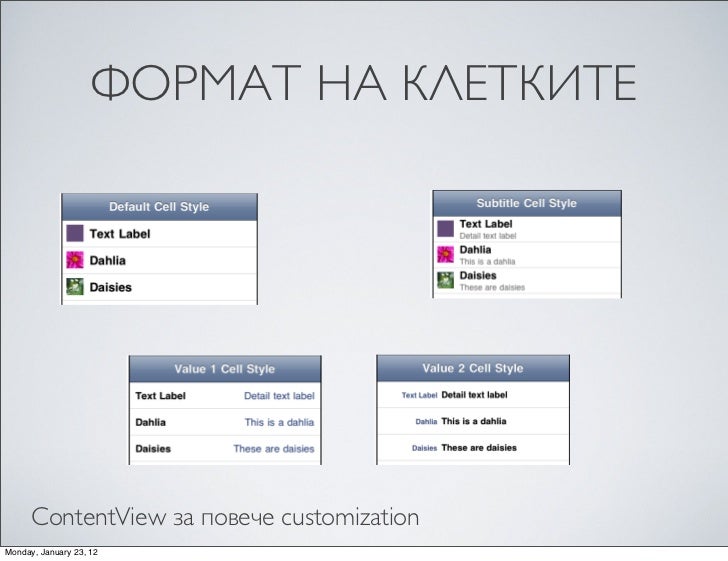

- #TABLEVIEW WITH DATA FROM USER DEFAULTS SWIFT HOW TO#
- #TABLEVIEW WITH DATA FROM USER DEFAULTS SWIFT UPDATE#
- #TABLEVIEW WITH DATA FROM USER DEFAULTS SWIFT CODE#
- #TABLEVIEW WITH DATA FROM USER DEFAULTS SWIFT FREE#
Update or reload UITableView after completion of delete action on detail view. Problems storing images in NSUserDefaults to show them in a tableView. In you tableview delegates you can create a struct for the sections that you need to load, which will help you to identify the section in cell for row index path where you can call API based on categories. The table view is in the same controller as is saving the data to user defaults Wain.
#TABLEVIEW WITH DATA FROM USER DEFAULTS SWIFT CODE#
The code has not been tested.Ĭreate an array of sections to be loaded. This is just a pseudocode, which will give you an idea how you can proceed further. (Category(name: category, drinks: drinks)) Let drinks = try JSONDecoder().decode(lf, from: categoryData!).drinks My code: class ViewController: UIViewController Please advice how can I call this method for specific section to get and display drinks from specific category in this section? You need to make a mutable array (copy) of this array before you can change it and store it back into user defaults. User defaults always returns immutable objects. I have a method that creates a request to get drinks from specific category - getDrinksFrom(category: String). is a problem because the array will not be mutable. One drink per section cell from the category (drink's strDrink (name) and strDrinkThumb (image)).


In each tableview section I want to display drinks from specific category (section's header). From JSON I get all drinks' categories and display them as the sections of my tableview. By creating a request I get a JSON file, parse it with Decodable protocol. But before that we are going to finish to set up the Table View.Ĭlass TodayViewController: UIViewController, NCWidgetProviding else if activeDisplayMode =.
#TABLEVIEW WITH DATA FROM USER DEFAULTS SWIFT HOW TO#
How to convert Chinese yuan rmb to US dollars 1 Input your amount Simply type in the box.
#TABLEVIEW WITH DATA FROM USER DEFAULTS SWIFT FREE#
The function widgetPerformUpdate it is called to update the widget, so we will put the code to fetch the items to display here. Get free historical data for USD CNY (US Dollar Chinese Yuan). Lets take a look at our TodayViewController: this is the default code created automatically when we add the extension. We will assign an identifier to the cell: cellId. Next we should select the table view, and add a protoype cell. Add a table view to display our items, and set the constraints so that the table view takes the whole of the view controller. Select the storyboard, and start to design the screen for our extension. In previous tutorial, we studied about how to create default. By the default, there is TodayViewController which implements the NCWidgetProviding protocol, MainInterface.storyboard, in which you may realize your widget’s UI and the ist settings file. Custom cells are used to create the customized cell in the way we want to display in our UI. Since this will allow us to debug the extension, we will agree to Activate the scheme.Ī folder with the Today Extension name appears in our project’s files list. XCode will show a warning offering to activate the extension scheme. When a cell is selected it passes the text to a label on another view controller. I am storing the text fields data inputs into taskName dict and the buttons title selection (from a pop-up screen) into taskTime dict. Each cell has a label with different text.

One of these types of extensions is a Today Extension, also known as a Widget. IOS 8 introduced App Extensions: a way for you to share your app’s functionality with other apps or the OS itself. Getting started with Today Extension in Swift 5 iOS


 0 kommentar(er)
0 kommentar(er)
